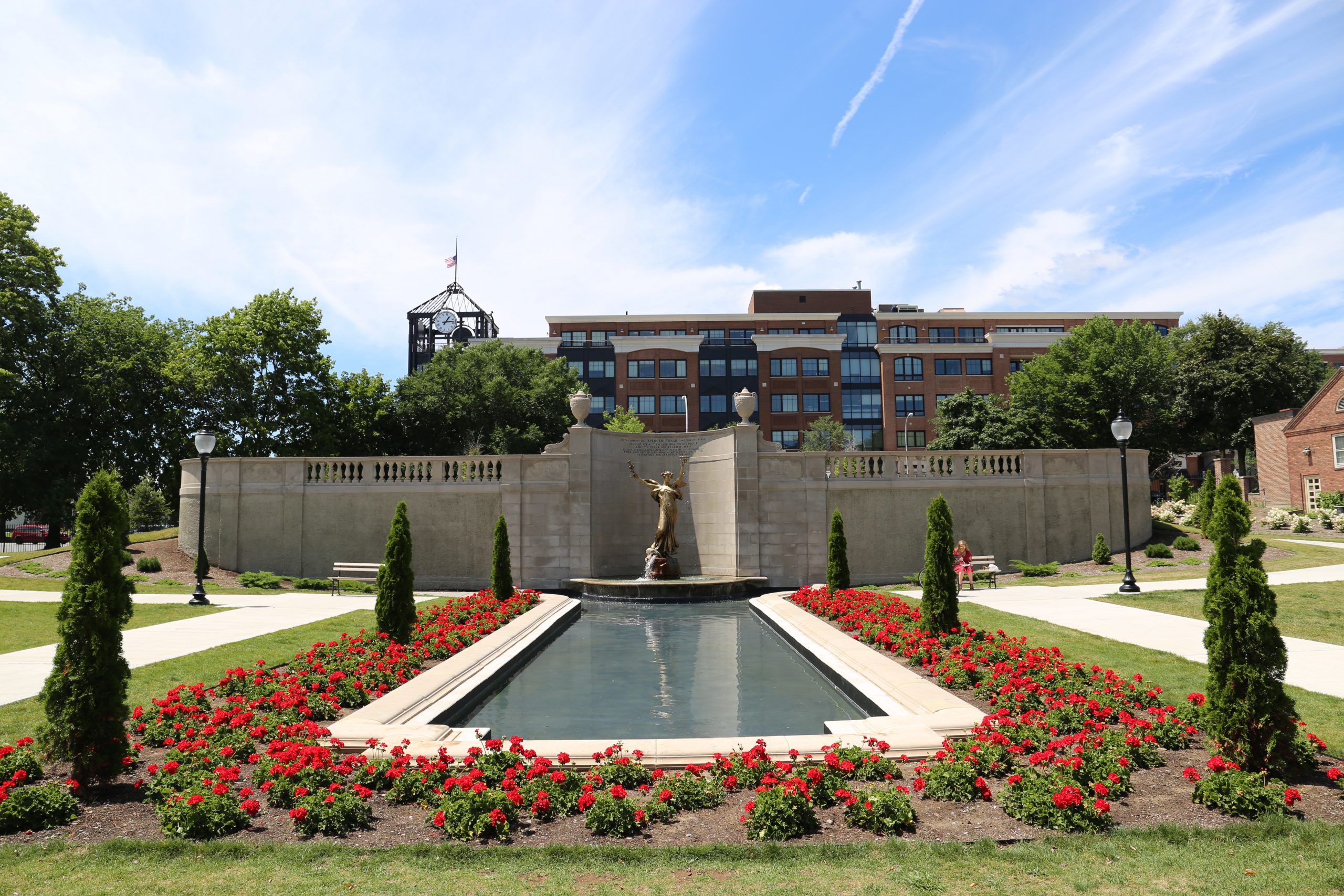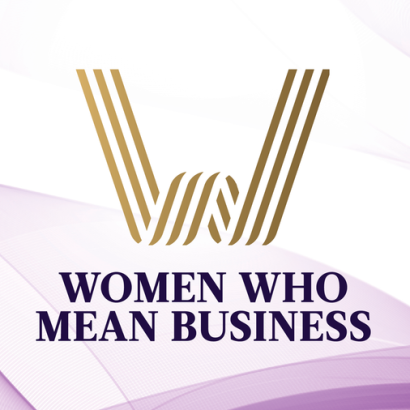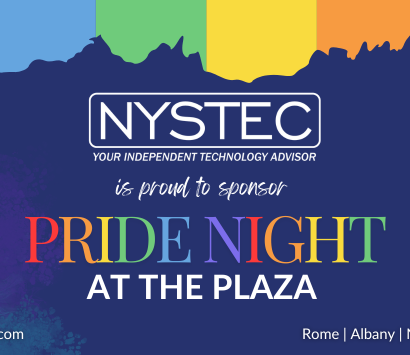

Imagine if we could transform Saratoga Springs, NY, into an information hub that empowers citizens, supports businesses, enhances its history and culture, and inspires community innovation. What would this look like? How do we get there? What challenges do we face—and how do we overcome them?
Numerous leaders, visionaries, and entrepreneurs answered these questions and more at the Smart City Forum and Showcase held Thursday, July 14, 2016, at the Saratoga City Center. The eight-hour event was hosted by IgniteU NY, established last year by NYSTEC to help foster entrepreneurship and innovation in Upstate and Central New York. More than 100 attendees learned about the promise and possibilities of Smart Cities, including how enterprises and startups are already brining Smart City solutions to communities.
City of Saratoga Springs Commissioner of Finance Michele Madigan and NYSTEC President & CEO/IgniteU cofounder Mike Walsh kicked off the event. They have a shared vision of why Saratoga Springs must become a Smart City: technology innovation today is not merely useful but important to all citizens—it is not a luxury but a necessity.
“We believe in innovation as the No. 1 tool for economic growth,” Walsh said.
Meghan Cook, Program Director for the Center of Technology in Government, University at Albany, delivered the keynote address, “Building Smarter Cities: Trends, Research & Lessons Learned.” When it comes to understanding what a Smart City is, she said there is no single answer. Cook gave numerous examples of how different cities are becoming “smart,” including Santander, Spain, which has 12,000 sensors in use for parking management, and Oakland, CA, which has embraced sustainability as its Smart City effort.
Along with Madigan, NYSTEC’s Converged Networks Practice Leader Bill McBride discussed the “Saratoga Smart City Roadmap,” which is part of the work NYSTEC is doing with the Saratoga Smart City Commission. Madigan and McBride introduced a Smart City Framework and touched on a number of the 30 initiatives the Roadmap will include, such as public Wi-Fi on Broadway.
In his presentation “The Impact of Smart City Technologies,” Cisco Systems’ John Cope said that we already have 25 billion devices connected to the internet, with 50 billion expected by 2020—and each device is producing data.
“You have to weave in security when you talk about Smart Cities,” Cope said.
Sean Smith of EMC discussed “Smart City Strategy and Transformation Enablement.” Cities of the future are efficient, seamless, safe, and impactful, he said. When it comes to planning for a Smart City, data, speed, and long-term strategic partnership matter.
Steve Mann of Pitney Bowes led a presentation on “Technology to Save the Planet.” According to Mann, some of the technology that can make cities smart include sensors/the Internet of Things, geospatial predictive analytics, energy solutions, smart buildings, smart public transport solutions, and smart road networks.
Dennis Elsenbeck of National Grid discussed the need to mutually define and implement the global standard for an efficient, modern, high-quality and customer-driven energy platform in his presentation, “Market Engagement: Designing for Smart.”
“It’s not just environmental sustainability but economic sustainability,” Elsenbeck said.
NYSTEC’s Director of Service Delivery Nick Alger moderated a broadband provider panel, which included Scott Gilbert of FirstLight Fiber, Jason Guzzo of Hudson Valley Wireless, David Russell of Calix, Joel Mulder of eX2 Technology, and Randy LaBombard of PrimeLink.
After a cocktail reception, NYSTEC’s CFO and Director of Economic Development Michele Salisbury, director of IgniteU, introduced the Startup Showcase. Martin Babinec of Upstate Venture Connect delivered the keynote, “Smart City Initiatives and Job Growth.” Alan Harrington of Apcera discussed “Secure Channel Data Services for Smart Cities.” And Stan Shvartsberg of ParqMi presented on “The Future of Parking.”
What’s next for Saratoga as it springs forward to a Smart City? Madigan indicated that the “smarter” future of “One of America’s Best Downtowns” may extend beyond City limits.
“We might want to start talking about being a Smarter Region,” Madigan said.


